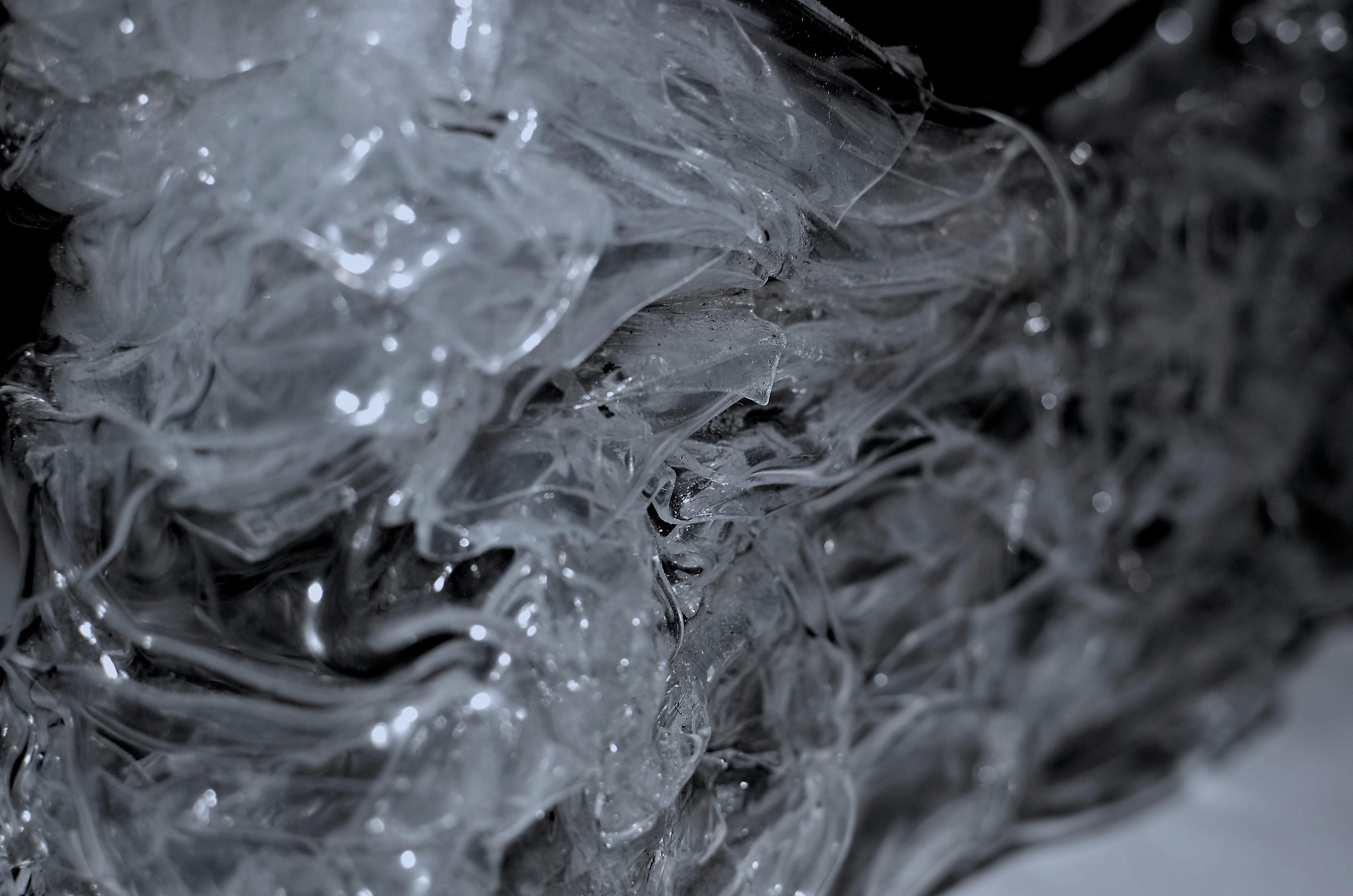At a Glance
- Researchers at the University of Wisconsin–Madison have developed innovative tools to control the movement and organization of specific proteins in mammalian cells.
- The tools harness waves and oscillations from bacterial proteins to organize molecules within mammalian cells and induce cellular behaviors and functions.
- This technology allows for the programming of molecules to move around a cell to specific locations over time, offering potential applications in engineering specific cellular activities and studying cellular activity in living organisms.
- By controlling the ratio of specific proteins, researchers can design movement patterns that determine how molecules are organized in a cell, potentially orchestrating cellular activities such as movement or communication with other cells.
- The innovative tool provides a paradigm for visualizing, probing, and engineering cellular activities critical for biological function, with potential applications in studying the dynamics of signaling pathways in tumors and other cellular behaviors.
Researchers at the University of Wisconsin–Madison have developed innovative tools to address the challenge of providing cells with instructions on organizing and using new parts. Their work, published in the journal Cell, focuses on the organization of molecules within cells, a fundamental aspect of cellular function.
Inside cells, proteins and other molecules undergo organization and reorganization to carry out complex functions. The specific proteins and mechanisms responsible for this organization vary among living organisms. For example, in bacterial cells, the proteins MinD and MinE interact to produce wave-like patterns, aiding in the movement of molecules within the cell.
Disruptions in the organization of molecules within a cell can lead to serious consequences, including uneven cell division and improper communication within and among cells, which are associated with developmental disorders and diseases such as cancer.
The researchers at UW–Madison have developed a tool to control the movement and organization of specific proteins in mammalian cells while leaving other proteins unaffected. This tool harnesses the waves and oscillations derived from interactions between MinDE proteins, found only in bacteria and not interfering with mammalian cellular function.
By engineering interactions between the MinDE proteins and proteins of interest, the researchers created highly specified patterns to organize molecules within mammalian cells and induce cellular behaviors and functions. This tool allows researchers to program molecules to move around a cell to specific locations over time, offering multiple potential uses for engineering specific cellular activities or studying cellular activity in a living organism.
The ability to control the ratio of MinDE proteins enables the design of movement patterns that determine how molecules are organized in a cell, potentially orchestrating cellular activities such as movement or communication with other cells. Additionally, the variation in movement patterns can be used to study cellular activity, allowing researchers to observe and analyze individual cells more quickly.
This innovative tool provides a paradigm for visualizing, probing, and engineering cellular activities critical for biological function, with potential applications in studying the dynamics of signaling pathways in tumors and other cellular behaviors. The research represents a significant advancement in synthetic biology and cellular engineering, offering new possibilities for understanding and manipulating cellular organization and signaling.
References
- Rajasekaran, R., Chang, C.-C., Weix, E. W. Z., Galateo, T. M., & Coyle, S. M. (2024). A programmable reaction-diffusion system for spatiotemporal cell signaling circuit design. Cell, 187(2), 345-359.e16. https://doi.org/10.1016/j.cell.2023.12.007
- Solan, R. & University of Wisconsin-Madison. (2024, February 15). Programming cells to organize their molecules may open the door to new treatments. Phys.Org; University of Wisconsin-Madison. https://phys.org/news/2024-02-cells-molecules-door-treatments.html











